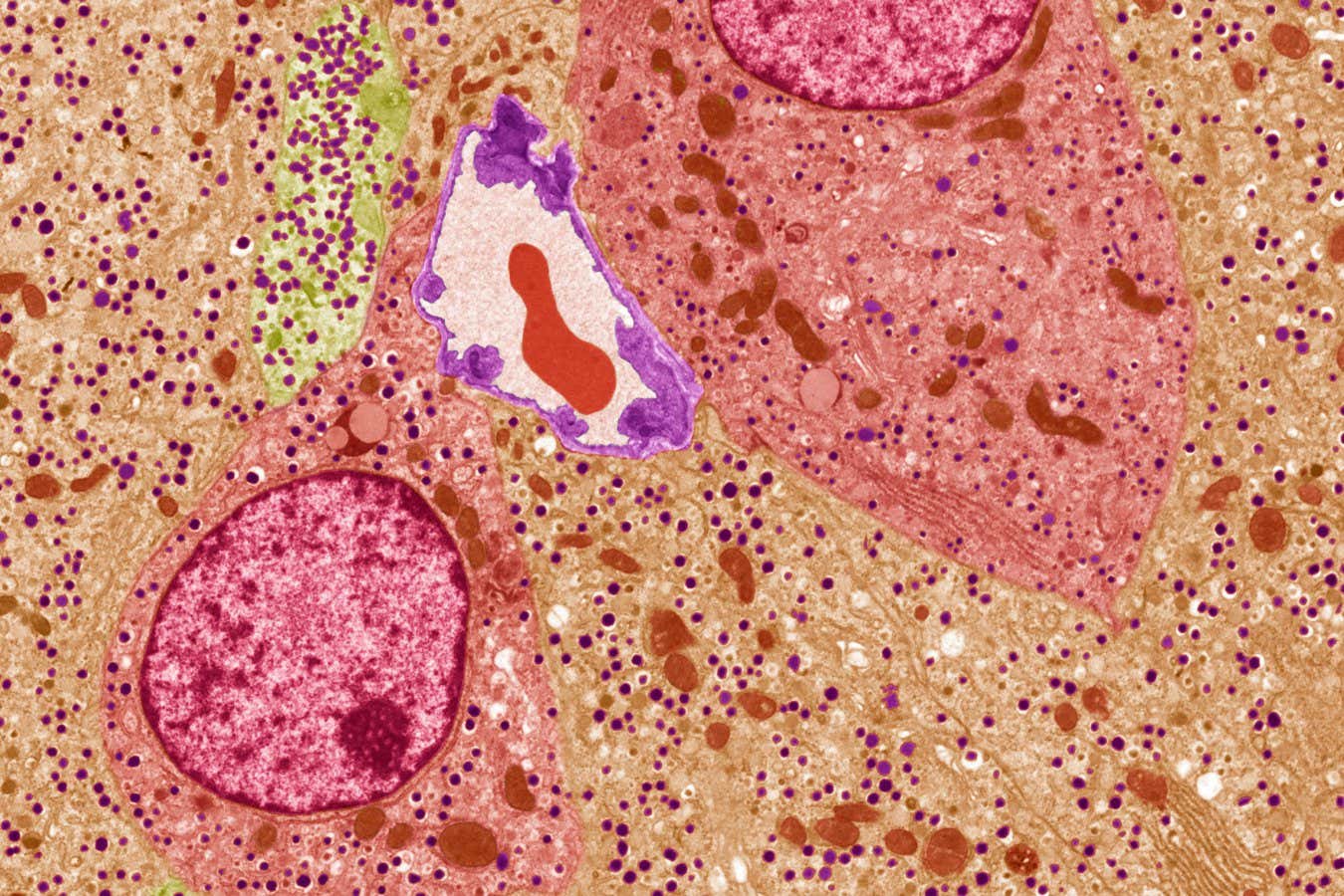Water vapor feedback
There are numerous self-amplifying feedbacks that accelerate the temperature rise. One of them is the water vapor feedback. Just the temperature rise itself will cause more water vapor to be in the atmosphere.
A 2.75°C rise corresponds with almost ⅕ more water vapor in the atmosphere, as the extinction page points out.
As illustrated by the image below, created with NOAA data, surface precipitable water reached 26.741 kg/m² in June 2024.

As the above image also illustrates, surface precipitable water reached a record high of 27.139 kg/m² in July 2023, and was much higher for each of the first six months in 2024 than for the same months in 2023.
More emissions of greenhouse gases (from earlier post)
As temperatures rise, due to stronger emissions of carbon dioxide, methane and nitrous oxide, there will be a corresponding extra amount of water vapor in the atmosphere.
Studies such as by Hubau (2020) warn that the uptake of carbon into Earth’s intact tropical forests peaked in the 1990s. Thawing permafrost can cause huge emissions of carbon dioxide, methane and nitrous oxide. Studies now warn that the Arctic has also changed from sink to source.
An analysis by Ramage et al. (2024) concludes that Arctic terrestrial permafrost now emits more greenhouse gases than it stores, and the trend is likely to accelerate as temperatures keep rising in the Arctic. The highest carbon dioxide emissions over the 2000-2020 period came from inland rivers and wildfires. The non-permafrost wetlands exhaled the most methane, and dry tundra released the most nitrous oxide.
The prospect of further releases looks dire. The analysis gives estimates that the upper three meters of permafrost region soils store 1,000 Gt of soil organic carbon, while deeper deposits could store an additional amount of as much as 1,000 Gt C. The analysis concludes that the permafrost region is the largest terrestrial carbon and nitrogen pool on Earth.
Note that the joint CO₂e of emissions in this analysis only covers part of global emissions, e.g. the analysis excludes emissions from Arctic subsea permafrost and from oceans in general, from many mountain areas and from the Southern Hemisphere. The study also appears to have excluded emissions caused by anthropogenic disturbances such as clear-cutting, logging and fracking activities in the region, while calculations typically use a low global warming potential (GWP) for methane (100-year horizon).
Miesner et al. (2023) warn that an additional 2822 Gt of organic carbon is stored in subsea Arctic shelf permafrost and Huang et al. (2024) warn that the top two meters of soil globally holds about 2300 Gt of inorganic carbon, which has been left out of environmental models, and 23 Gt of this carbon may be released over the next 30 years.
The transition from sink to source of the region is an important feedback of the temperature rise that is not fully reflected in many climate models. According to the IPCC, 14–175 Gt CO₂e (in carbon dioxide and methane) gets released per 1°C of global warming, which is likely to underestimate the situation by downplaying many feedbacks. Despite the dire situation, the IPCC keeps promoting less effective policies such as support for biofuel and tighter fuel efficiency standards, as discussed in earlier posts such as this 2022 one.
The image below illustrates the mechanism of how multiple feedbacks accelerate the heating up of the atmosphere.

Feedback #14: loss of the latent heat buffer – as sea ice disappears, heat can no longer be consumed by the process of melting, and the heat will instead go into increasing the temperature;
Feedback #19: distortion of the Jet Stream as the temperature difference narrows between the Arctic and the Tropics, in turn causing further feedbacks to kick in stronger, such as hot air moving into the Arctic and cold air moving out, and more extreme weather events bringing heavier rain and more intense heatwaves, droughts and forest fires that cause black carbon to settle on the sea ice;
There is interaction between feedbacks; the image’s focus is on illustrating the mechanism, rather than the proportional contribution or the order of feedbacks over time. Sea ice decline comes with both loss of albedo and loss of the latent heat buffer, each of which will accelerate the temperature rise of the water of the Arctic Ocean, thus contributing to the threat that hydrates contained in sediments at the seafloor of the Arctic Ocean will be destabilized, which in turn threatens to cause eruption of huge amounts of methane.
Furthermore, developments such as rising emissions from industry, transport, land use, forest fires and waste fires, ocean acidification and reductions in sulfur emissions can all contribute to further acceleration of the temperature rise.
The situation is dire and the precautionary principle calls for rapid, comprehensive and effective action to reduce the damage and to improve the situation, as described in this 2022 post, where needed in combination with a Climate Emergency Declaration, as discussed at this group.

Links
• Moistening Atmosphere
https://arctic-news.blogspot.com/p/moistening-atmosphere.html
• Did the climate experience a Regime Change in 2023?
• Arctic Sea Ice Alert• Will there be Arctic sea ice left in September 2023?
• Feedbacks in the Arctic
https://arctic-news.blogspot.com/p/feedbacks.html
• Albedo
https://arctic-news.blogspot.com/p/albedo.html
• Jet Stream
https://arctic-news.blogspot.com/p/jet-stream.html
• Latent Heat
https://arctic-news.blogspot.com/p/latent-heat.html
• Cold freshwater lid on North Atlantic
https://arctic-news.blogspot.com/p/cold-freshwater-lid-on-north-atlantic.html
• Arctic Ocean Feedbacks
https://arctic-news.blogspot.com/2017/01/arctic-ocean-feedbacks.html
• Arctic sea ice set for steep decline
https://arctic-news.blogspot.com/2024/03/arctic-sea-ice-set-for-steep-decline.html
• Transforming Society
https://arctic-news.blogspot.com/2022/10/transforming-society.html
• Climate Plan
https://arctic-news.blogspot.com/p/climateplan.html
• Climate Emergency Declaration
https://arctic-news.blogspot.com/p/climate-emergency-declaration.html








Leave a Comment